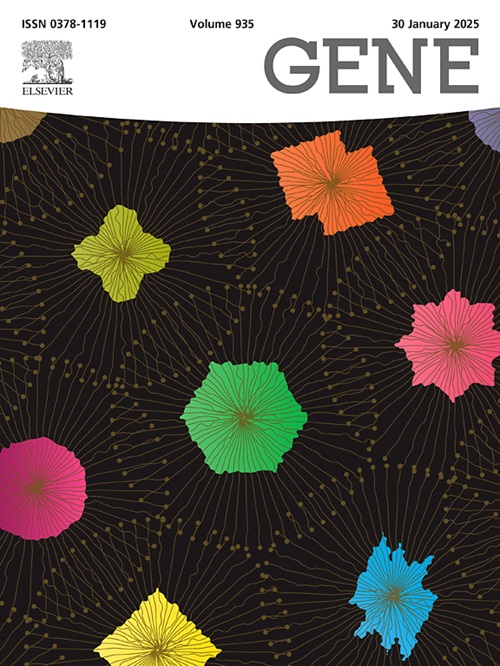CRISPR 在微生物世界中的应用:评估机遇与挑战。
IF 2.6
3区 生物学
Q2 GENETICS & HEREDITY
引用次数: 0
摘要
过去几十年来,基因组编辑技术在科学研究领域崭露头角,它通过精确探索遗传特征及其序列,操纵基因组成,获得所需的性状,应对生物学挑战。作为一种基因组编辑工具,CRISPR(Clustered Regularly Interspaced Short Palindromic Repeats)的发现让人们对细胞和分子机制有了更深入的了解。与其他技术相比,该技术具有高准确性和特异性等优势,是最有前途的基因组编辑技术之一。在微生物领域,CRISPR/Cas 技术使研究人员能够操纵微生物的基因构成,完成几乎不可能完成的任务。这项技术最初是作为一种细菌防御机制被发现的,现在正被用于基因切割和编辑,以探索其更多的维度。CRISPR/Cas 9 系统高效灵活,因此在微生物研究领域得到广泛应用。虽然这项技术在科学界得到了广泛应用,但在广泛应用之前,仍需克服许多挑战,包括脱靶活性、同源定向修复(HDR)效率低以及伦理方面的考虑。由于 CRISPR/Cas 技术给微生物学领域带来了革命性的变化,这篇综述文章旨在全面概述 CRISPR/Cas 的简史、基本机制及其在微生物世界中的应用,并探讨其中的机遇与挑战。本文章由计算机程序翻译,如有差异,请以英文原文为准。
CRISPR applications in microbial World: Assessing the opportunities and challenges
Genome editing has emerged during the past few decades in the scientific research area to manipulate genetic composition, obtain desired traits, and deal with biological challenges by exploring genetic traits and their sequences at a level of precision. The discovery of Clustered Regularly Interspaced Short Palindromic Repeats (CRISPR) as a genome editing tool has offered a much better understanding of cellular and molecular mechanisms. This technology emerges as one of the most promising candidates for genome editing, offering several advantages over other techniques such as high accuracy and specificity. In the microbial world, CRISPR/Cas technology enables researchers to manipulate the genetic makeup of micro-organisms, allowing them to achieve almost impossible tasks. This technology initially discovered as a bacterial defense mechanism, is now being used for gene cutting and editing to explore more of its dimensions. CRISPR/Cas 9 systems are highly efficient and flexible, leading to its widespread uses in microbial research areas. Although this technology is widely used in the scientific community, many challenges, including off-target activity, low efficiency of Homology Directed Repair (HDR), and ethical considerations, still need to be overcome before it can be widely used. As CRISPR/Cas technology has revolutionized the field of microbiology, this review article aimed to present a comprehensive overview highlighting a brief history, basic mechanisms, and its application in the microbial world along with accessing the opportunities and challenges.
求助全文
通过发布文献求助,成功后即可免费获取论文全文。
去求助
来源期刊

Gene
生物-遗传学
CiteScore
6.10
自引率
2.90%
发文量
718
审稿时长
42 days
期刊介绍:
Gene publishes papers that focus on the regulation, expression, function and evolution of genes in all biological contexts, including all prokaryotic and eukaryotic organisms, as well as viruses.
 求助内容:
求助内容: 应助结果提醒方式:
应助结果提醒方式:


